Introduction
Coastal Path - The Lighthouse
Discovering the coast
A short route along a stretch of the camino de ronda coastal path which follows the rugged coastline of the Costa Brava between Blanes and Portbou. The path was created with the aim of linking the coastal villages, and the name of Camino de Ronda is due to the rounds traditionally made by the patrols along the coastline, to monitor smuggling and illegal trade.
Throughout the route, on one side we have the green of the pines, and on the other, the blue of the sea. Taking this route is a great way to discover small coves, cliffs, charming beaches and other unmissable spots along our coastline.
We recommend the Local Natura App to do this route. Download it for free here:
Apple store Google Play-
TypologyLinear
-
DifficultyFor families
-
Duration45 minutes
-
Slope20.00 meters
-
Distance2.80 km
-
ThemeFlora and faunaGeologiaLandscaping
-
ActivityBy foot
-
Rating
Slope graph
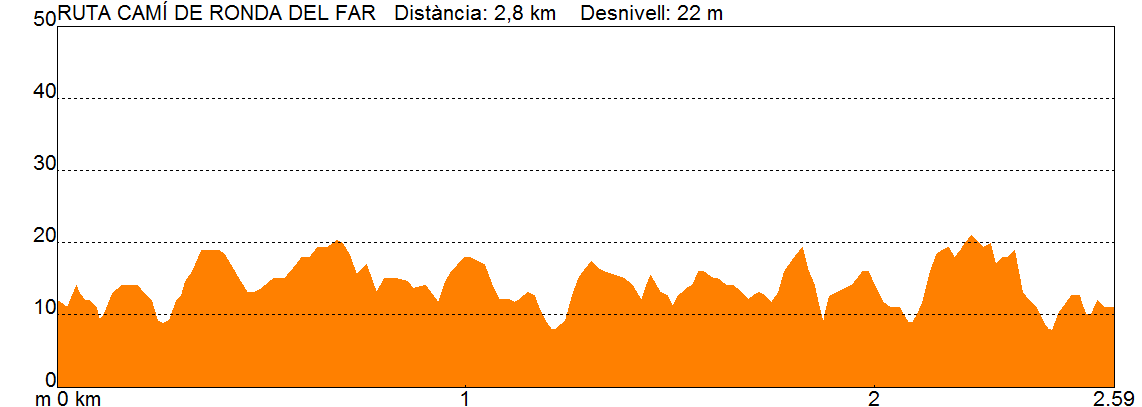
Description
Discovering the coast
The section of the camino de ronda coastal path we will follow begins at the Lighthouse of Roses, which is located just below Trinitat Castle. The existence of the castle of the Trinitat, also known as the 'Botón de Roses' or Button of Roses, is further evidence of the need to protect the coast from possible enemies, in the same way that the camino de ronda was intended to guard against possible smugglers who arrived by sea.
On the way to the beach of Canyelles Petites we can enjoy some unique rocky outcrops of veined white marble which are of particular geological interest. These are exceptional rock formations that combine with tiny coves and captivating spots.
The islets we can see when arriving at the beach of Canyelles Petites are known as els Brancs and provide resting points for birds such as cormorants. Further on, other rocky outcrops such as the Omella and Ullastrell headlands are frequently used by fishermen, and are a good place to take a swim if we arrive at the right time.
This stretch of the coastal path becomes very gentle route, suitable to be walked with children. In spite of the strong pressure from urban development that this environment has undergone, there are some quite beautiful stretches that transport us to a blue, green and rocky landscape.
Tips
ROUTE
- The route is paved and protected from possible falls, but there are quite a lot of stairs
- The route is mainly on the flat, but the constant going up and down the stairways will quickly warm you up.
WATER
- No water source, carry water
PRECAUTIONS
- Take care of the children if you go down close to the water, although having a paddle is fun for children and adults!
- Avoid the central hours of summer days and get sun protection.
Wear sunglasses and a hat. The reflections of sea water and the intensity of the sun can catch you out. - Avoid days when the weather is bad and the seas rough
EQUIPMENT
- Bring binoculars with you to observe birds; the Brancs islets and the Omella and Ullastrell headlands are often one of the favorite spots of cormorants and seagulls





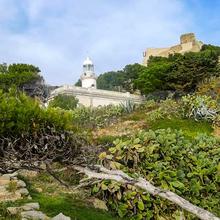
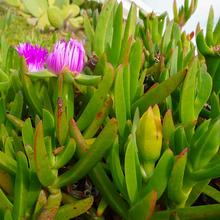
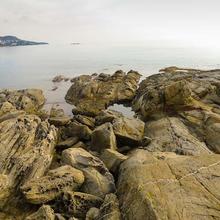
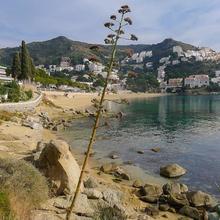
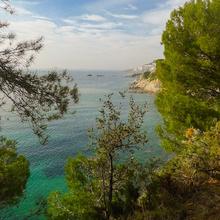
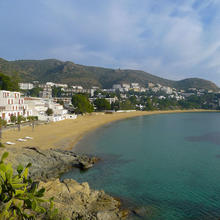

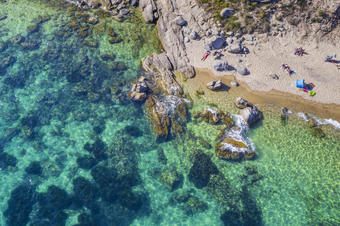
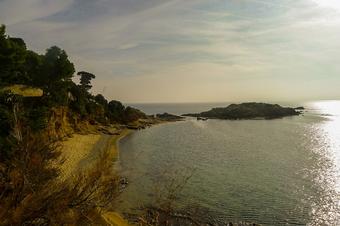
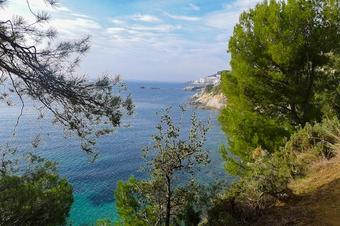
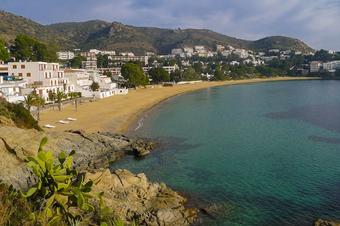
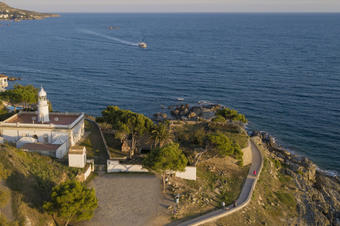
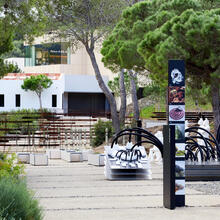
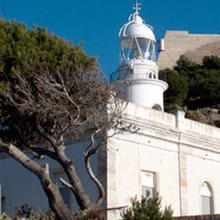

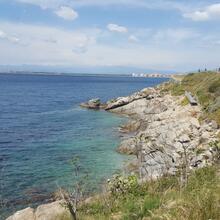

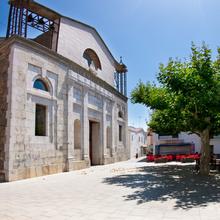
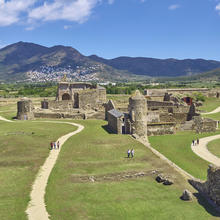
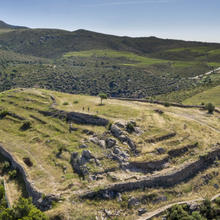
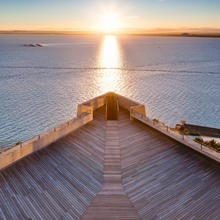
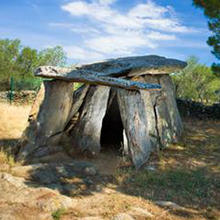



Passejada molt recomenable per fer en família, amb vistes precioses. Les meves filles han disfrutat molt i han acabat remullades a la Cala Canyelles.